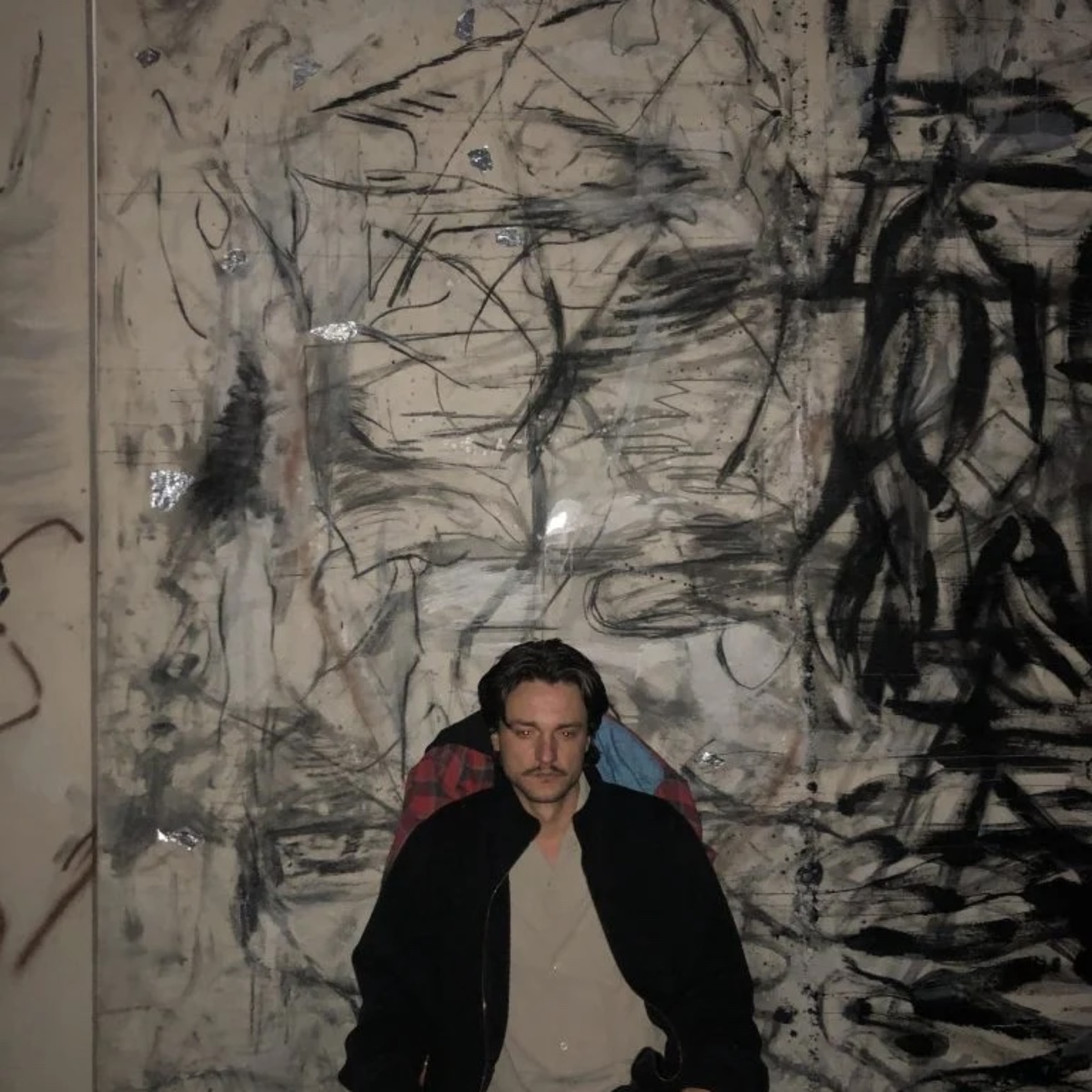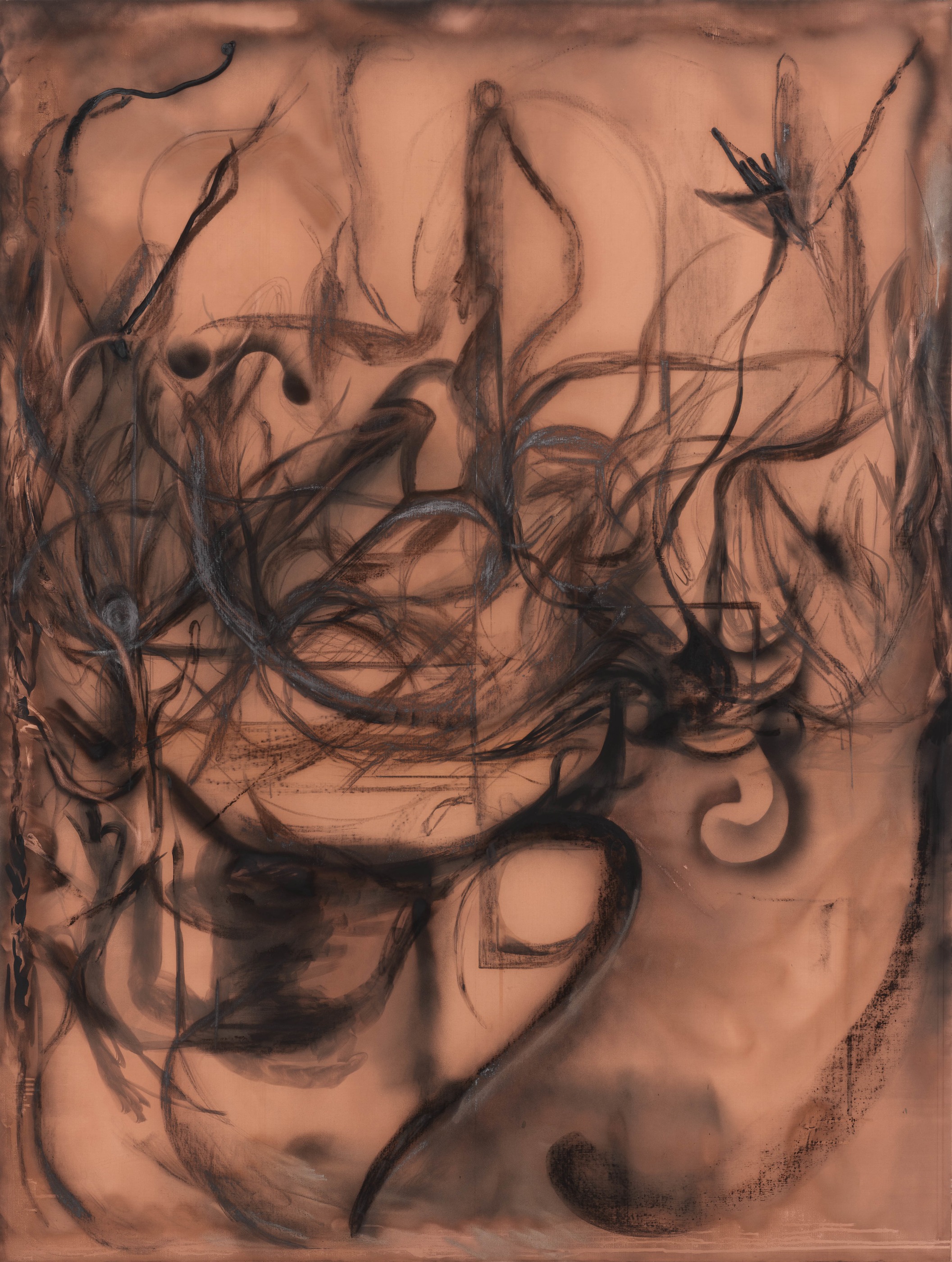Overview
A solo exhibition of new works by Peppi Bottrop at Pilar Corrias Eastcastle Street.
"The special fascination of the brownfields lies in the idiosyncratic and unusual combination of wild nature and industrial relics that bear testimony to the areas' past: they can be overgrown ruins of old colliery buildings, but also just the remains of a railroad track in the middle of a birch forest — a special, exciting atmosphere always emerges from the contrast between the industrial past and its recapture by nature."
Kommunalverband Ruhr (local government association of the Ruhr region), 1999
A solo exhibition of new works by Peppi Bottrop at Pilar Corrias Eastcastle Street.
"The special fascination of the brownfields lies in the idiosyncratic and unusual combination of wild nature and industrial relics that bear testimony to the areas' past: they can be overgrown ruins of old colliery buildings, but also just the remains of a railroad track in the middle of a birch forest — a special, exciting atmosphere always emerges from the contrast between the industrial past and its recapture by nature."
Kommunalverband Ruhr (local government association of the Ruhr region), 1999
The wilds are not what they used to be. In times of intensifying climate change and corresponding disasters, the centuries-old trope of the jungle as a pandemonium of untamed, uncontrollable forces loses its currency and poetic appeal. Bygone notions of nature’s brutal power, something to be mastered and civilised, are supplanted by a better understanding of intricate, fragile ecosystems that need to be preserved and protected.
Where the wild has been radically eradicated, attempts at resuscitation, recovery, and restoration have entered the agenda. In Germany’s Ruhr district, the now largely disused powerhouse of northern European industrialisation, respective efforts began in the late 1990s, with an effective media campaign initiated by municipal interest groups and the local government association. As one coal mine after another shut down, the expression “industrial nature” was coined to describe the wild vegetation that developed on abandoned production sites. The local population – largely deprived of the myth of lasting economic prosperity and now facing a future of uncertainty, clouded with collective memories of early 20th-century coal dust — was promised healing: so-called ‘industrial forests’ would offer the possibility to experience unspoiled nature close to home, a ‘new wilderness’ in the middle of the industrial conurbation. Poised between nostalgia and optimism, these newly conceptualised spaces were promoted as intersections where “not only the past, but also the future manifested itself”, if only in the form of past expectations, hopes, and fears. The former wastelands turned public refuges went down in local history under the term of a new ‘Ruhr Natur’. Epitomising the post-industrial effort to reconcile the relationship between man and nature, they point far beyond their original context.
Peppi Bottrop, who bears the name of his hometown, grew up in the industrial districts of the Ruhrgebiet, the old continent’s largest and once most prosperous coal-mining region. He was still a child when municipal rewilding initiatives began, but the last colliery, located in Bottrop, was shut down only three years ago. There were plans to convert it into a pumped storage hydropower facility,a giant reservoir to store enough renewable energy to power more than 400,000 homes, but the project was put on hold because of high costs.
The ongoing struggle of structural transformation is one of the most burning issues of our time. One can find traces of it ingrained in Peppi Bottrop’s paintings. In the way he negotiates (and repeatedly renegotiates) space. In his scrawling coal marks that tend to peter out like severed pipes. In the reddish grid structures that recently entered his work like remainders of fenced brownfields or the German rust belt’s obsolete order. And certainly, in his painterly gestures that appear confident enough to overcome it.
Once described as “the manic cartography of an urban flaneur”, Bottrop’s compositions may resemble the frayed infrastructure and overlapping freeway feeders of the Ruhr area. But they also brim with alternative routes, some of which border the realm of science fiction, where concepts of time and existence have long become fluid. Over the past few years, the artist’s characteristic choppy dashes have become more fluid, almost arabesque. Imbued with a sense of indispensability, they evoke the romantic idea of an innate drive that turns the subject into an art-producing animal, placing the work of art in direct analogy to the product of nature. As if fuelled by remnants of the fossil energy inherent in his brittle trademark medium, Bottrop’s charcoal marks proliferate and overgrow other elements in the composition.
As viewers, we are presented with the residue of an erratic process that involved inner struggles and hard, physical labour. Stapled directly onto the bare studio wall, each canvas underwent an almost punishing procedure, typically treated from front to back. The integration of chance elements has only recently become part of Bottrop’s alchemy, a seemingly logical progression in a process that allows for the wild, but only within precisely set parameters: If Bottrop paints like the jungle grows, he does so only in the broader, more inclusive sense of the term, recognising its full scope and ambiguity. At one time wild and possessive, his strokes also appear fragile, delicate, and tentative; some meander before they twist into determined tendrils.
The works presented in Jungle Rapture, Bottrop’s first exhibition at Pilar Corrias, demarcate vigorous mindscapes triggered by new physical territory. After stints in Düsseldorf and Hamburg, where he studied with Albert Oehlen and Jutta Koether, the artist spent time in Los Angeles and Mexico City. He then lived and worked in Cologne before recently relocating to rural Sicily. While the sooty facades of his hometown may inform his earliest memories, there are also now flakes of ash from Mount Etna or dense smog from wildfires that have troubled the region, along with so many others, this past summer. His new studio, dubbed ‘Casa Rossa’, is an old house on a hillside, its reddish hue not unlike the rusty red in his recent paintings. The building is surrounded by lush vegetation, with wild blackberries growing more rampantly than his sprawling strokes.
In Bottrop’s show, his compositions are permeated by unusual amounts of metallic surfaces and brushstrokes—results of the painter’s lush use of powdered aluminium. His rusty red grids are blanketed by their glossy opposite: expanses of shiny silver, organic in shape and alive with reflections, as if to counter the old dichotomies of nature and culture, man, and machine. The fleeting memory of an alloy-rimmed joyride fades into the background, where it blends with the silver of the gallery walls. Consciously or not, Bottrop has us mesmerised in the belly of a huge machine, a vessel of sorts, turning his canvases into windows out onto unknown terrain, where remnants of our industrial past are churned up by natural powers, entangled in a most intriguing symbiosis.
Text by Anna Sinofzik











